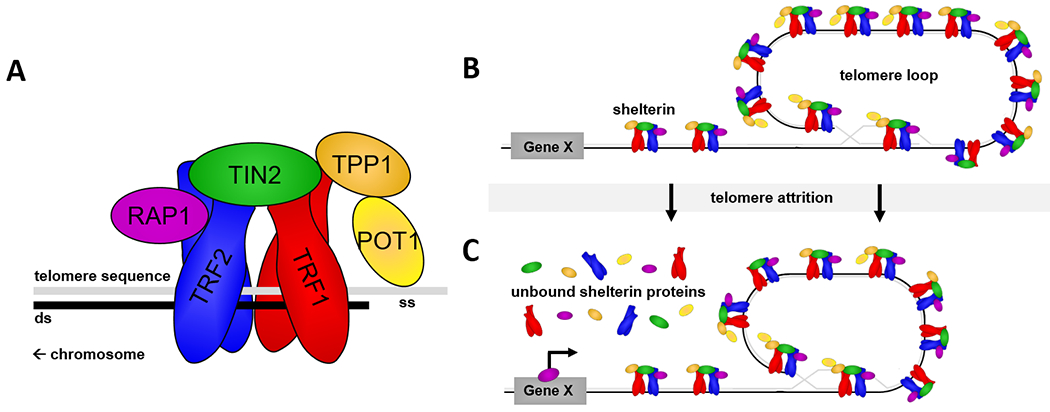Figure 1. Telomere attrition increases the likelihood of extratelomeric shelterin actions.

(A) The six-subunit shelterin complex binds to telomeric DNA (i.e., typically TTAGGG). TRF1 and TRF2 bind to the double-stranded (ds) telomere while POT1 binds the telomere’s single-stranded (ss) tail. (B) Shelterin complexes bind repeatedly along the telomere’s length and facilitate the formation of a telomere loop that sequesters the telomere end. (C) Telomere attrition may decrease the number of shelterin binding sites and increase unbound shelterin proteins (e.g., Mukherjee et al., 2018). This unbound fraction of shelterin proteins may then perform genomic and non-genomic (e.g., in the cytosol, mitochondria) extratelomeric actions, like RAP1 transcriptional regulation of genes (Gene “X” in figure).
